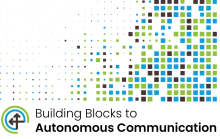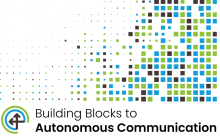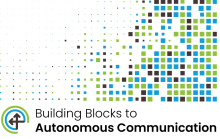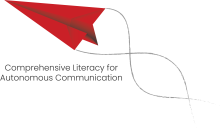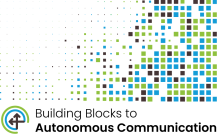Learners who have difficulty using speech to express their wants, needs, and ideas benefit from access to Augmentative and Alternative Communication (AAC).
Approximate time to read: 10 minutes
Let’s work together to make the education environment more inclusive!
Approximate time to read: 5 minutes
In this quick win, learn about four alternative access methods of AAC. Alternative access enables individuals with complex communication needs and complex bodies with ways to express themselves.
Approximate time to read: 15 minutes
Add descriptions to graphics to make them accessible to those who can’t see them.
Approximate time to read: 2 minutes
Addressing the digital accessibility requirements of the Americans with Disabilities Act (ADA) final rule update requires a coordinated response from across your organization’s staff. This quick win will guide you through the considerations necessary when beginning this work.
Approximate time to read: 10 minutes
Assistive technology, defined as any tool or service that is used to increase, maintain, or improve a learner's abilities, can provide the traction learners need to succeed.
Approximate time to read: 20 minutes
Determining the right assistive technology (AT) for a student can be challenging. Many educators have expertise that can assist Individualized Education Program (IEP) teams in finding a solution that meets the needs of the student. The AT Skills Inventory can help identify and support educators who can contribute knowledge and skills related to AT.
Approximate time to read: 10 minutes
In this quick win, learn about considerations educators should take when introducing and utilizing augmentative and alternative communication (AAC) for students diagnosed with or suspected to have a Cortical/Cerebral Visual Impairment (CVI).
Approximate time to read: 20 minutes
Core vocabulary offers a way for educators to support individual and classroom-wide communication.
Approximate time to read: 4 minutes
As an educator, you may have students who are diagnosed with or suspected to have a Cortical/Cerebral Visual Impairment (CVI) in your classroom. During this quick win, you will learn foundational knowledge including how to define, educationally assess, and support students with CVI.
Approximate time to read: 5 minutes
This approach can help educators understand why students are struggling, what students understand, and where to begin instruction and remediation.
Approximate time to read: 3.5 minutes
This framework is a planning tool for general and special educators when designing math instruction for students with disabilities and students who struggle.
Approximate time to read: 3.5 minutes
Clearly and effectively communicating challenges as a learner and what accommodations are needed to overcome them.
Approximate time to read: 15 minutes
Shared reading is an evidence-based strategy that can improve a learner’s concept of print, language, communication, and interaction skills while encouraging engagement.
Approximate time to read: 6 minutes
Communication does not stop at the school doors and neither should support for Augmentative and Alternative Communication (AAC). Families and educators play pivotal roles in supporting AAC. This Quick Win offers ready-to-use resources and guidance for families seeking to support communication at home, and for educators looking to partner with families in meaningful ways.
Approximate time to read: 5 minutes
Discover how MathML improves access to mathematical notation for all learners, especially those using screen readers or other assistive technologies.
Approximate time to read: 5-7 minutes
Games and activities can help learners develop number sense and a deeper understanding of math concepts.
Approximate time to read: 10 minutes
